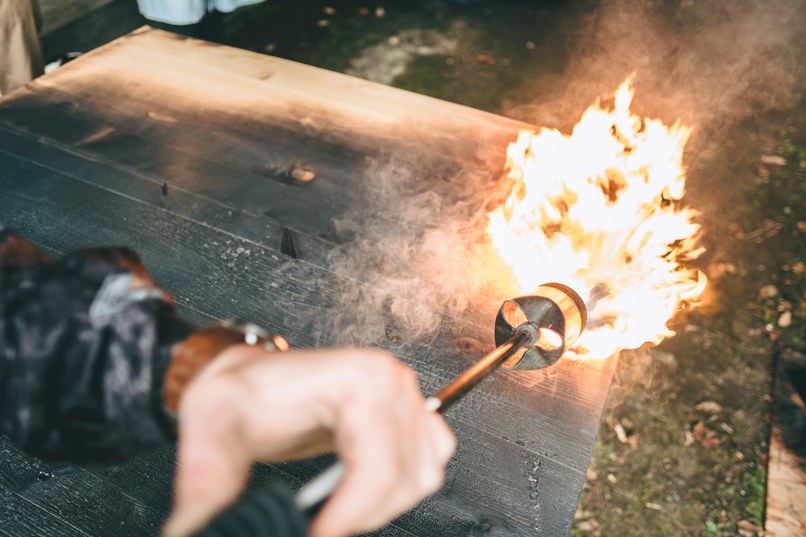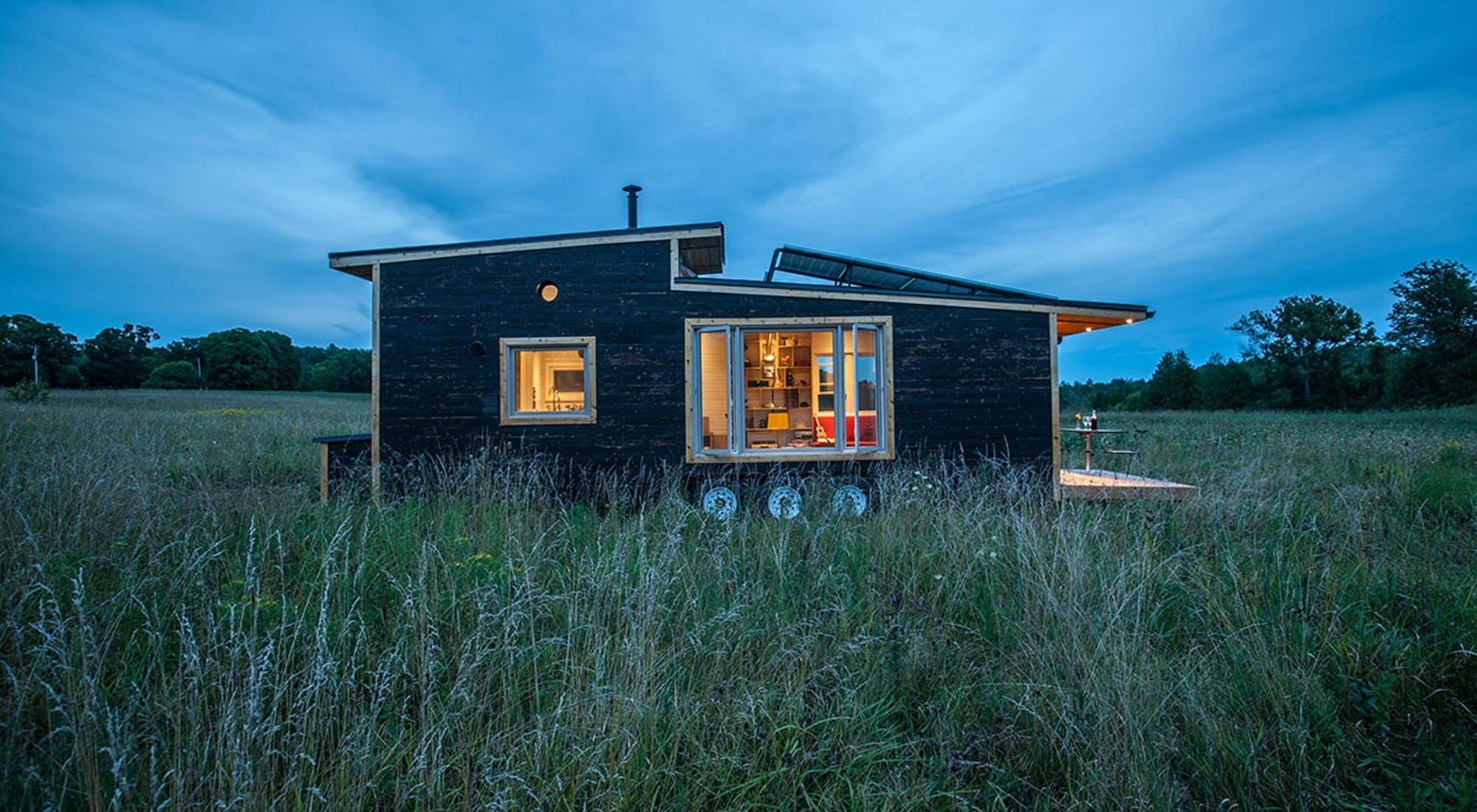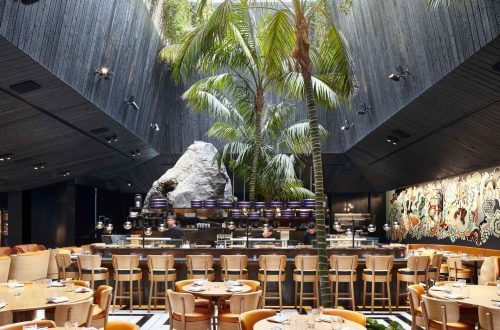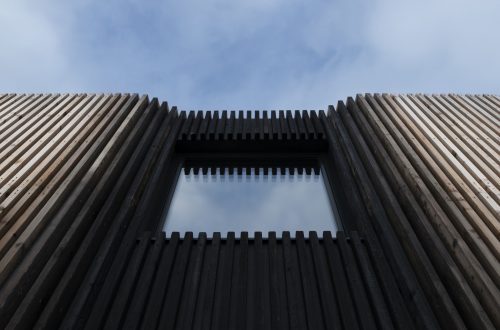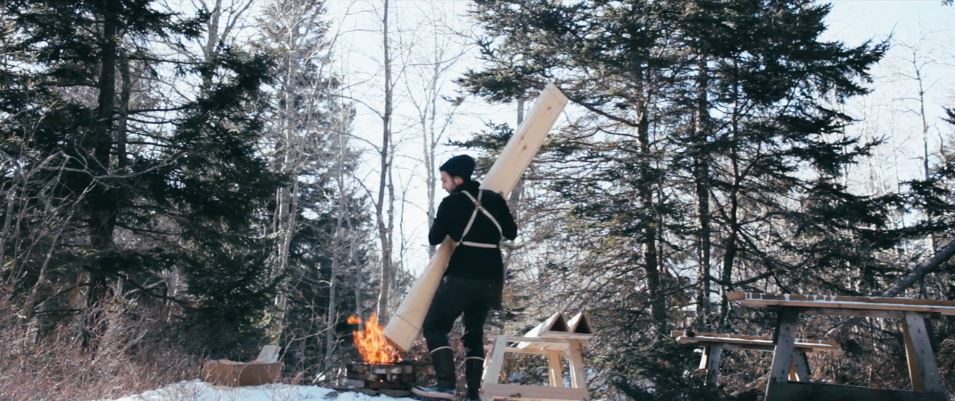
Craftsman Creates Stylish Exteriors with Shou Sugi Ban
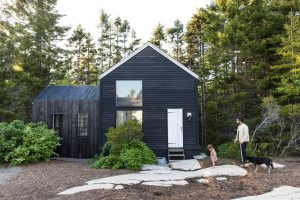 An increasing number of Western architects and designers these days create arresting exteriors using a process known as shou sugi ban, a centuries-old Japanese technique for preserving and finishing wood by charring it with fire. The treatment — which leaves behind a dense, carbonized layer of blackness — has been around since at least the 18th century, though earlier examples exist. It began as a practical process used mostly for fencing and the facades of rural homes and storehouses, which held valuables, like rice, that families hoped to protect from blazes. Interestingly, while it is no longer as popular as it once was in Japan, it’s found new life in the West. ‘‘It’s become quite stylish,’’ says Marc Keane, a landscape architect and author who has lived and worked in Kyoto for 18 years, ‘‘but in the past, in Japan, it was considered countrified.’’
An increasing number of Western architects and designers these days create arresting exteriors using a process known as shou sugi ban, a centuries-old Japanese technique for preserving and finishing wood by charring it with fire. The treatment — which leaves behind a dense, carbonized layer of blackness — has been around since at least the 18th century, though earlier examples exist. It began as a practical process used mostly for fencing and the facades of rural homes and storehouses, which held valuables, like rice, that families hoped to protect from blazes. Interestingly, while it is no longer as popular as it once was in Japan, it’s found new life in the West. ‘‘It’s become quite stylish,’’ says Marc Keane, a landscape architect and author who has lived and worked in Kyoto for 18 years, ‘‘but in the past, in Japan, it was considered countrified.’’
‘‘A lot of people don’t think shou sugi ban is for them, because it has this impermanence to it,’’ says Anthony Esteves, a designer who learned about the method while studying in Japan and used it on the raven-colored rustic home he hand-built off the coast of Maine, burning all the siding himself in the time-honored three-board method. But here, too, we might take a lesson from the Japanese, who view the patina that comes with age as desirable. The impermanence and its attendant imperfections are the point. ‘‘Over time, my house will weather in this soft way,’’ Esteves says. ‘‘It’s going to become more beautiful.’’
Watch his craftsmanship in action:
Anthony Esteves’ Soot House. from T mag on Vimeo.
Read the entire article from the NY Times.

